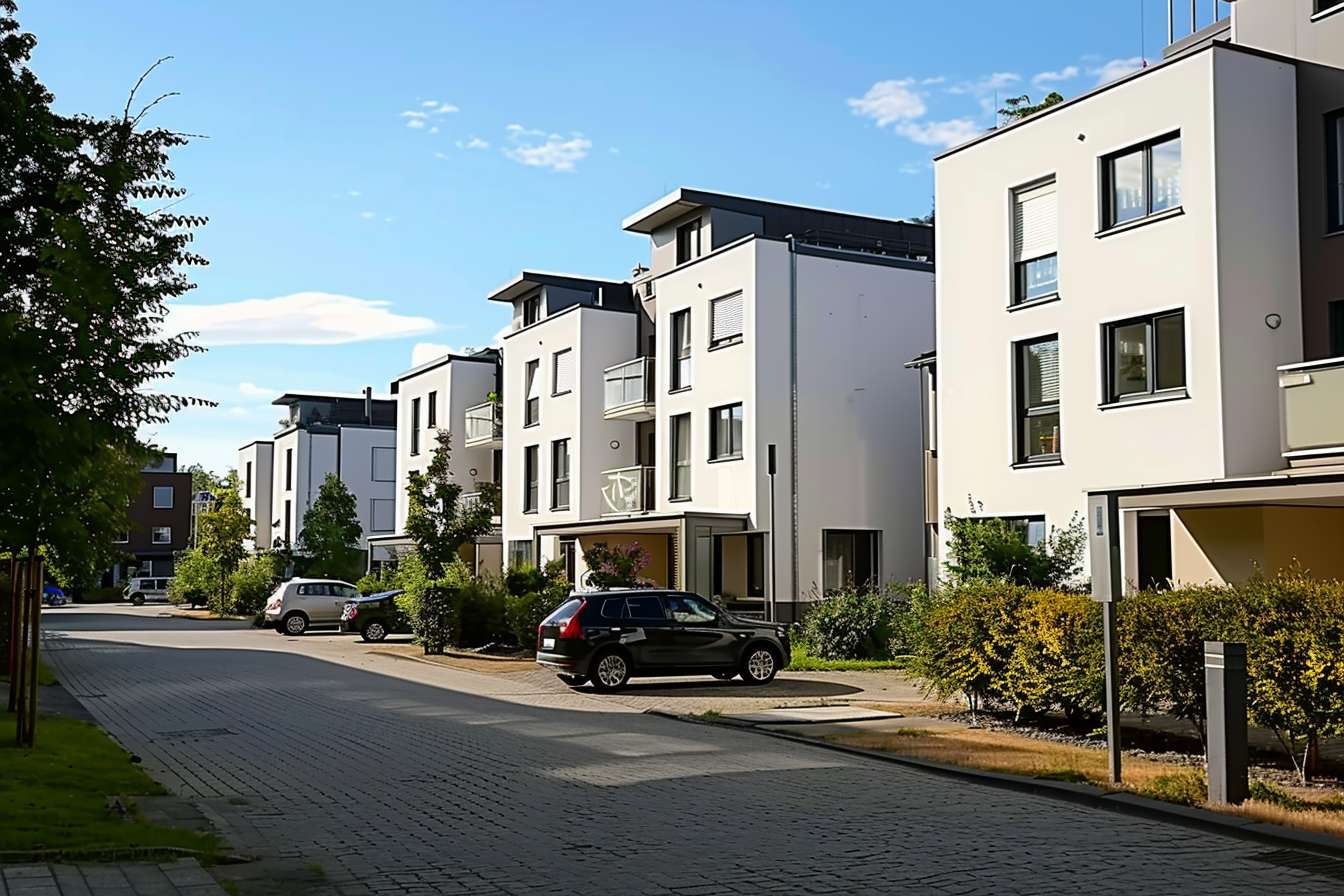Micro-Neighborhoods: The New Urban Frontier
Reimagining city life through hyper-local community design In an era of rapid urbanization and evolving social dynamics, a new trend is reshaping our cityscapes: micro-neighborhoods. These small-scale, intentionally designed urban pockets are redefining community living and challenging traditional notions of urban planning. Read below to explore how these innovative spaces are transforming the way we connect, live, and thrive in our increasingly complex urban environments.

Defining Features of Micro-Neighborhoods
At their core, micro-neighborhoods are characterized by their compact size, typically encompassing 12 to 30 homes clustered around shared spaces. These communities often feature a mix of housing types, from small single-family homes to townhouses and apartments, catering to diverse demographics. Central to their design is the concept of common areas – gardens, playgrounds, or communal houses – that serve as the heart of the community, fostering social interaction and a sense of belonging among residents.
The Social Fabric of Micro-Communities
One of the most compelling aspects of micro-neighborhoods is their potential to combat the loneliness epidemic plaguing modern cities. By design, these spaces encourage frequent face-to-face interactions, creating opportunities for neighbors to form meaningful connections. Research in social psychology suggests that such regular, casual encounters can significantly boost well-being and social cohesion. In micro-neighborhoods, the physical layout acts as a catalyst for community building, with shared spaces and activities naturally bringing residents together.
Sustainability and Environmental Impact
Micro-neighborhoods often align closely with principles of sustainable urban development. Their compact design reduces the overall environmental footprint, promoting walkability and decreasing reliance on cars. Many of these communities incorporate green technologies, such as solar panels or rainwater harvesting systems, further minimizing their ecological impact. By fostering a culture of sharing – from tools to garden produce – micro-neighborhoods also encourage resource conservation and collaborative consumption, aligning with broader societal shifts towards more sustainable lifestyles.
Challenges and Criticisms
Despite their potential benefits, micro-neighborhoods face several challenges. Critics argue that these communities may lead to social exclusivity, creating insular pockets within cities. There are concerns about affordability, as the appeal of these well-designed spaces can drive up property values, potentially excluding lower-income residents. Additionally, integrating micro-neighborhoods into existing urban fabrics presents planning and zoning challenges, requiring careful consideration to ensure they complement rather than disrupt established communities.
The Future of Urban Living?
As cities continue to grapple with issues of density, sustainability, and social cohesion, micro-neighborhoods offer an intriguing model for future urban development. Their emphasis on community, sustainability, and human-scale design resonates with growing desires for more connected and meaningful urban experiences. While not a panacea for all urban challenges, micro-neighborhoods represent a significant shift in how we conceptualize and create living spaces in the 21st century.
Conclusion
Micro-neighborhoods stand at the intersection of urban planning, social psychology, and environmental sustainability. By reimagining the scale and design of our living spaces, they offer a promising approach to fostering community, enhancing quality of life, and creating more resilient urban environments. As this trend continues to evolve, it will be fascinating to observe how micro-neighborhoods shape the future of our cities and redefine what it means to be part of an urban community in the modern age.





